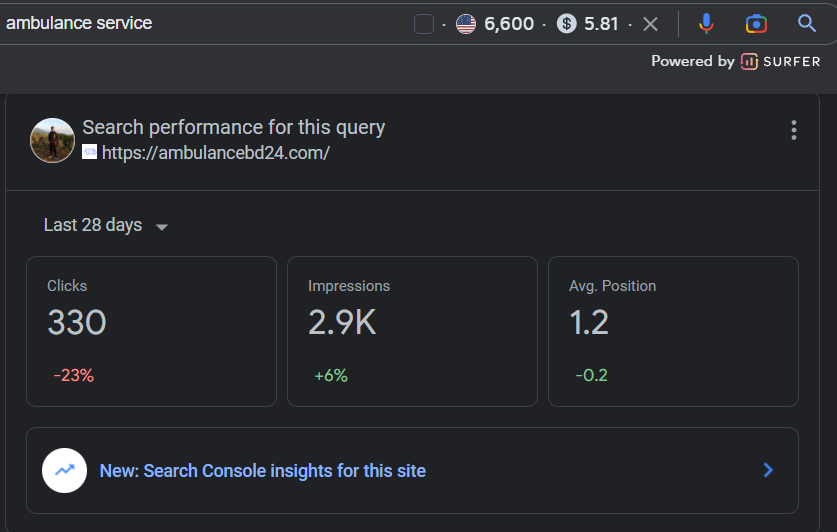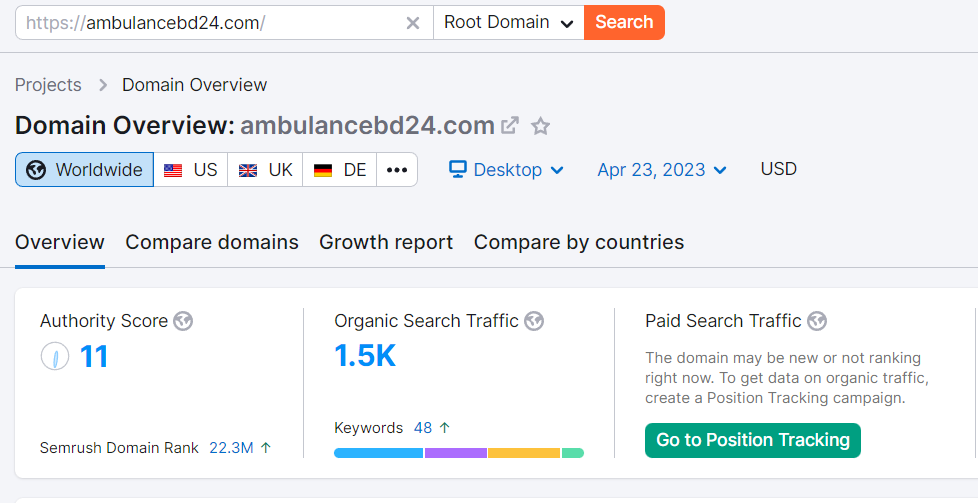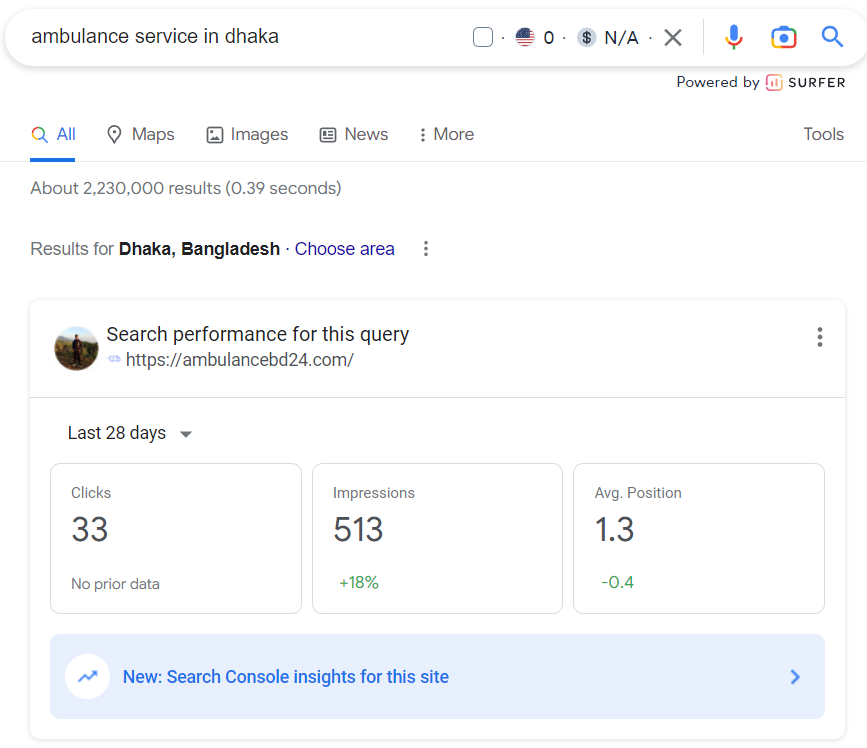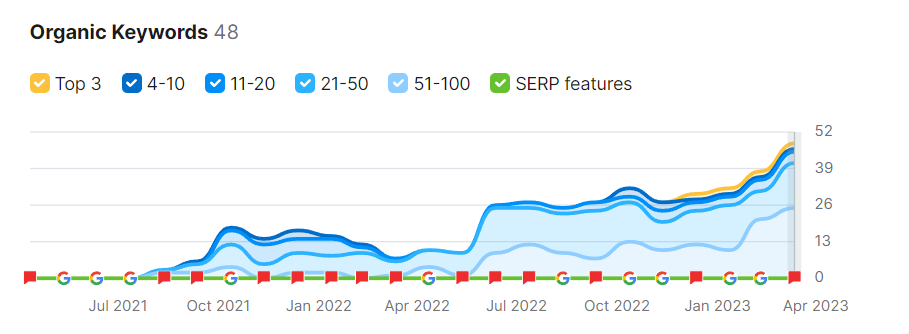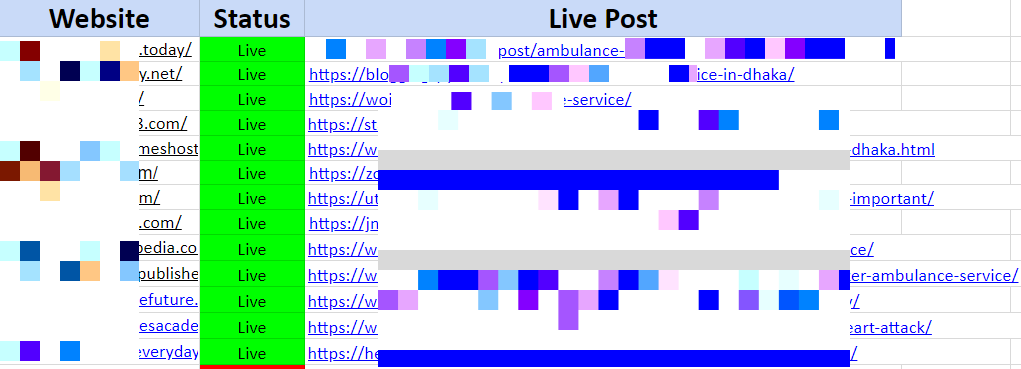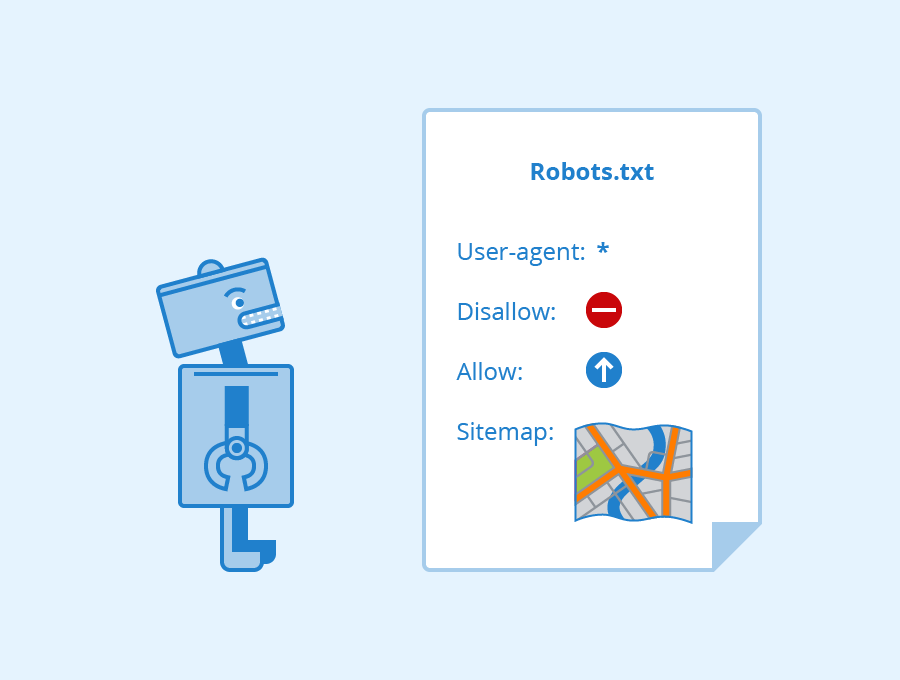Unleashing the Power of Semantic Keywords: A Comprehensive Guide.
A semantic keyword is a term that shares a contextual meaning with other keywords, making search engines understand the intent behind a query. To do semantic keyword research, start by identifying the main keyword and then explore related terms, synonyms, and variations to create a comprehensive list of keywords for optimized content creation.
Nowadays, search engines such as google have evolved beyond matching exact keyword matches and prioritize understanding the user’s search intent. This makes semantic keyword research crucial for effective seo strategies. By uncovering the related terms and concepts that connect to your primary keyword, you can create content that aligns with the search engine’s understanding, increasing your chances of ranking higher in search results.
In this article, we will delve into semantic keyword research techniques that can enhance your seo efforts and drive targeted organic traffic to your website.

Credit: seo.co
Understanding Semantic Keywords
Semantic keywords play a crucial role in optimizing content for search engines and improving organic search rankings. Understanding what these keywords are and how to incorporate them into your seo strategy can greatly enhance the visibility and relevance of your website.
In this section, we will explore the importance of semantic keywords in seo, how they enhance search intent, and how you can leverage them to achieve higher search rankings.
The Importance Of Semantic Keywords In Seo
Semantic keywords are words or phrases that are closely related to the main keyword but not necessarily synonymous with it. They enable search engines to understand the context and meaning behind a user’s search query, allowing them to deliver more relevant and accurate search results.
By using semantic keywords in your content, you can:
- Expand the range of search terms that your website can rank for, increasing your visibility in search engine results pages (serps).
- Enhance the relevance of your content by aligning it with the search intent of users.
- Improve user experience by providing valuable and comprehensive information that addresses their specific needs and queries.
How Semantic Keywords Enhance Search Intent
Search intent refers to the underlying purpose or goal behind a user’s search query. It can be categorized into four main types: informational, navigational, transactional, and commercial investigation. By incorporating semantic keywords that align with the different search intents, you can optimize your content to meet the needs of your target audience.
Semantic keywords help enhance search intent by:
- Providing context and specificity to the main keyword, allowing search engines to better understand the user’s intent.
- Enabling you to create content that addresses the various stages of the customer journey, from initial research to final purchase decision.
- Offering a more comprehensive and meaningful user experience by delivering relevant and informative content that matches the user’s search intent.
Leveraging Semantic Keywords For Higher Search Rankings
When it comes to seo, ranking higher in search results is the ultimate goal. By leveraging semantic keywords effectively, you can increase your chances of achieving better search rankings. Here’s how:
- Conduct thorough keyword research to identify semantic keywords that are relevant to your target audience and align with your main keyword.
- Incorporate semantic keywords naturally throughout your content, ensuring they flow logically and enhance the overall readability.
- Optimize your meta tags and headings to include semantic keywords, signaling their importance to search engines.
- Use semantic keywords in your image alt tags, urls, and other metadata to provide additional context to search engine crawlers.
- Monitor and analyze the performance of your semantic keywords using analytics tools, making necessary adjustments to optimize your content further.
Leveraging semantic keywords is vital for improving your website’s visibility, relevance, and search rankings. By understanding their importance, enhancing search intent, and effectively implementing them in your seo strategy, you can unlock the full potential of semantic keywords and drive organic traffic to your website.
Unleashing The Power Of Semantic Keywords In Content Creation
Semantic keywords are a powerful tool in the world of seo and content creation. By understanding and incorporating semantic keywords into your blog posts, you can optimize your content for better search engine rankings and improved user engagement. In this section, we will delve into how you can unleash the power of semantic keywords in your content creation process.
Incorporating Semantic Keywords Naturally Into Blog Posts:
- Start by conducting thorough keyword research to identify relevant semantic keywords related to your topic.
- Integrate these keywords seamlessly into your content, ensuring they flow naturally within the context of your writing.
- Use variations and synonyms of your primary keywords to create a diverse keyword portfolio within your blog post.
- Aim to provide valuable information and answers to users’ queries by addressing different aspects of the topic using semantic keywords.
- Avoid keyword stuffing and prioritize user experience when incorporating semantic keywords into your content.
- Structure your blog post to include clear headings and subheadings that incorporate semantic keywords to enhance readability and seo value.
Using Semantic Keywords To Optimize Title Tags And Meta Descriptions:
- Utilize relevant semantic keywords in your title tags to optimize your blog post for search engines.
- Craft catchy and concise meta descriptions that incorporate semantic keywords to attract users to click on your content.
- Optimize your title tags and meta descriptions to accurately reflect the content of your blog post while enticing users to engage with it.
The Impact Of Semantic Keywords On Content Relevance And Engagement:
- Semantic keywords help search engines understand the context and relevance of your content, improving its visibility in search results.
- By using semantic keywords, you can attract a more targeted audience interested in your specific topic.
- Incorporating semantic keywords leads to higher content relevance, increasing the chances of user engagement, such as longer page visits and lower bounce rates.
- Users are more likely to find your content valuable and trustworthy when it meets their search intent through the use of semantic keywords.
Remember, incorporating semantic keywords naturally requires careful planning and execution. By following these strategies, you can enhance your blog posts’ visibility, relevance, and engagement, ultimately attracting more organic traffic to your website. So, leverage the power of semantic keywords to optimize your content and unlock its full potential in the digital landscape.
Semantic Keyword Research Strategies
Semantic keyword research is an essential aspect of seo strategy. By understanding the concept of semantic keywords and conducting thorough research, you can improve your website’s visibility and attract relevant organic traffic. In this section, we will explore effective semantic keyword research strategies that can enhance your seo efforts.
Let’s dive deeper into the key points:
Identifying Synonymous And Related Keywords
- Look for synonyms: Use online dictionaries, thesauruses, or keyword research tools to find synonyms of your primary keyword. These variations can give you a broader perspective and help you optimize your content for a wider range of search queries.
- Consider intent: Analyze the intent behind different variations of your target keyword. Identify related keywords that represent the same user intent or purpose. This will enable you to create content that meets the needs of your target audience effectively.
- Expand your keyword list: Think beyond the obvious and identify related keywords that are relevant to your topic. For example, if your primary keyword is “healthy recipes,” consider related keywords like “nutritious meal ideas” or “clean eating recipes.”
Utilizing Keyword Research Tools For Semantic Keyword Discovery
- Use keyword research tools: Leverage tools like google keyword planner, semrush, or ahrefs to uncover semantic keywords associated with your primary keyword. These tools provide valuable insights into search volume, competition, and related keywords that can inform your content strategy.
- Analyze search suggestions: When using search engines like google, pay attention to the related search suggestions that appear at the bottom of the search results page. These suggestions often contain semantic keywords that can be valuable for your research.
- Explore “people also ask” feature: The “people also ask” feature shows commonly asked questions related to your keyword. This can help you uncover semantic keywords and create content that directly addresses user queries.
Analyzing Competitor Keywords For Inspiration
- Identify top-ranking competitors: Find websites that rank well for your target keyword and examine their content strategy. Analyze the semantic keywords they are targeting and the topics they cover. This can provide valuable inspiration for your own content creation.
- Utilize keyword research tools: Use tools like semrush or ahrefs to analyze the keywords your competitors are targeting. These tools offer valuable insights into the organic keywords for which your competitors are ranking. Identify semantic keywords that are gaining traction and incorporate them into your content strategy.
By implementing these semantic keyword research strategies, you can uncover hidden opportunities to optimize your content and improve your website’s search engine rankings. Stay tuned for the upcoming sections, where we will explore more ways to enhance your seo efforts.
Semantic Keyword Optimization Techniques
Semantic keyword optimization techniques play a crucial role in improving the visibility and relevance of your content in search engine results. By structuring your content around semantic keyword themes, utilizing header tags to highlight semantic keywords, and optimizing anchor text for semantic keyword relevance, you can greatly enhance your website’s seo performance.
Let’s dive into these techniques and explore how you can implement them effectively.
Structuring Content Around Semantic Keyword Themes:
- Identify the primary semantic keyword for your content based on its main topic or focus.
- Research related semantic keywords that are closely associated with your primary keyword.
- Create an outline or structure for your content, incorporating these semantic keywords naturally throughout.
- Ensure that your content flows logically and provides valuable information to the reader while incorporating these keywords.
Utilizing Header Tags To Highlight Semantic Keywords:
- Use header tags (h1, h2, h3, etc.) To organize your content and create a hierarchical structure.
- Include your primary semantic keyword in the h1 tag, as it carries the most weight for search engines.
- Utilize h2 and h3 tags to highlight subtopics or sections that are related to your primary keyword.
- Ensure that each header tag accurately reflects the content within the section.
Optimizing Anchor Text For Semantic Keyword Relevance:
- When linking to other pages on your website, use anchor text that includes semantic keywords related to the linked page’s content.
- Avoid generic anchor text like “click here” or “read more” and instead use descriptive text that accurately represents the destination page.
- Carefully select the keywords you use in your anchor text to improve the relevance and context of your content.
By implementing these semantic keyword optimization techniques, you can enhance the structure, readability, and relevance of your content. This, in turn, will enhance your website’s visibility and ranking in search engine results. So, let’s get started and take your seo game to the next level!
The Role Of Semantic Keywords In User Experience
Enhancing User Engagement Through Semantic Keyword Usage
When it comes to improving the user experience on your website, semantic keywords play a crucial role. These keywords are not just about matching search queries; they go beyond that by understanding the intent and context behind the user’s search.
By strategically incorporating semantic keywords into your content, you can enhance user engagement and provide a more satisfying browsing experience. Here’s how semantic keywords can help you achieve this:
- Relevance: Semantic keywords enable you to align your content with the specific needs and interests of your target audience. By using related terms, phrases, and synonyms, you can ensure that your content addresses their queries comprehensively.
- Understanding user intent: Semantic keywords allow you to grasp the underlying intent of users when they perform a search. By analyzing their search queries and incorporating relevant semantic keywords, you can create content that directly caters to their needs, increasing the chances of user engagement.
- Natural language usage: Semantic keywords help your content sound more natural and conversational. By using contextually relevant terms, you can ensure that your content flows smoothly and resonates with your readers, encouraging them to stay on your website longer.
Aligning Content With User Search Intent Through Semantic Keywords
To effectively align your content with user search intent, it is essential to understand how semantic keywords can be utilized. Here are some key points to consider:
- Identify user intent: Start by analyzing the search queries and topics that are popular within your niche. This will help you understand the different types of user intent, such as informational, navigational, or transactional. With this insight, you can tailor your content to align with the specific intent behind each search query.
- Conduct keyword research: Use keyword research tools to identify relevant semantic keywords related to your target topics. Look for terms that are semantically related to your primary keywords and incorporate them naturally into your content.
- Create comprehensive content: When using semantic keywords, aim to create comprehensive and in-depth content that addresses the different aspects of a topic. This will not only improve your search visibility but also provide value to your audience, increasing user engagement and satisfaction.
Improving Site Navigation With Semantic Keyword-Rich Internal Linking
In addition to enhancing user engagement through content, semantic keywords can also be applied to improve site navigation. By using semantic keyword-rich internal links, you can guide users to relevant pages and enhance their overall browsing experience. Here’s how you can achieve this:
- Anchor text optimization: When creating internal links, use anchor text that includes relevant semantic keywords. This not only helps search engines understand the context of the linked page but also provides users with clear information about the destination of the link.
- Contextual linking: Identify opportunities to naturally incorporate internal links within your content. By linking to related pages that provide additional information or resources, you can guide users through your website, improving their navigation and reducing bounce rates.
- User-friendly structure: Organize your website’s navigation in a user-friendly manner, using semantic keywords to label categories and sections. This will help users easily locate the information they are seeking, leading to a positive user experience.
By implementing these strategies, you can enhance user engagement on your website through the effective usage of semantic keywords. Remember to continuously analyze user behavior and adapt your content and navigation accordingly to improve their overall experience.
Semantic Keywords And Voice Search Optimization
Semantic keywords play a crucial role in improving website visibility and driving organic traffic. As voice search continues to rise in popularity, it is essential for businesses to optimize their content for this growing trend. When users speak into their devices, they often use conversational language, which affects the way they search for information.
Therefore, understanding the impact of voice search on semantic keyword usage is vital for effective seo strategies. In this section, we will explore how voice search influences semantic keyword research and optimization, and how you can incorporate conversational language and long-tail keywords to improve your website’s visibility in voice search results.
So let’s dive in and explore the world of semantic keywords and voice search optimization.
How Voice Search Impacts Semantic Keyword Usage:
- Users tend to employ longer and more natural language when performing voice searches, which means that keyword research should focus on conversational phrases rather than isolated keywords.
- Voice searches often center around questions, so incorporating question keywords and phrases into your content can help optimize for voice search.
- Voice search emphasizes local intent, so it is essential to include location-based keywords to capture local search traffic.
- Voice assistants provide direct answers to users’ queries, so structuring your content in a clear and concise manner will increase the chances of your content being featured as a voice search result.
Incorporating Conversational Language Into Content For Voice Search:
- Opt for a more conversational writing style, with a focus on providing clear and direct answers to user queries.
- Use natural language variations and synonyms to capture different ways users may phrase their voice search queries.
- Make your content more approachable by using everyday language that resonates with your target audience.
Optimizing For Long-Tail Semantic Keywords In Voice Search Queries:
- Long-tail keywords are essential for voice search optimization as they provide specific information that matches user queries effectively.
- Use tools like google’s search console and keyword planner to identify relevant long-tail keywords that align with your target audience’s search intent.
- Create content that directly addresses long-tail keyword queries, providing comprehensive and relevant information.
By understanding the impact of voice search on semantic keyword usage and incorporating conversational language and long-tail keywords into your content, you can enhance your website’s visibility and attract more targeted organic traffic. Adapt your seo strategies to accommodate the rising popularity of voice search to stay ahead of the competition in the digital landscape.
Leveraging Semantic Keywords For Local Seo
Semantic keywords play a crucial role in improving the search visibility of local businesses. By leveraging these location-based keywords, businesses can optimize their online presence and enhance their chances of appearing in relevant local search results. In this section, we will explore the impact of semantic keywords on local search results and discuss how to target location-based semantic keywords to boost search visibility.
Additionally, we will highlight the significance of optimizing google my business listing with relevant semantic keywords. Let’s dive in!
The Impact Of Semantic Keywords On Local Search Results:
- Semantic keywords help search engines understand the context and intent behind a user’s search query, leading to more accurate and relevant search results.
- Using semantic keywords in local seo efforts ensures that businesses align their content with the language and terminology commonly used by their target audience.
- By incorporating semantically related terms and phrases into their website content, businesses can increase the relevancy of their webpages for local search queries.
- Semantic keywords facilitate the creation of high-quality, informative content that caters to the specific needs and interests of local searchers, ultimately boosting organic traffic and engagement.
Targeting Location-Based Semantic Keywords For Better Search Visibility:
- Conduct thorough keyword research to identify location-specific semantic keywords that are relevant to your business and target audience.
- Focus on long-tail keywords that include location modifiers, such as “best pizza restaurant in new york” or “affordable dentists in san francisco.”
- Optimize your website’s meta tags, headers, urls, and content with location-based semantic keywords to enhance search engine visibility for local searches.
- Create localized landing pages and content that address the specific needs and interests of your local audience, while incorporating relevant semantic keywords naturally.
- Monitor and analyze the performance of your targeted location-based semantic keywords regularly to identify opportunities for optimization and improvement.
Optimizing Google My Business Listing With Relevant Semantic Keywords:
- Utilize google my business (gmb) to its full potential by optimizing your business listing with location-based semantic keywords in the business name, description, and categories.
- Add accurate and up-to-date information about your business, including address, phone number, opening hours, and website url, ensuring consistency across all platforms.
- Encourage customers to leave reviews on your gmb listing and respond to reviews promptly, as positive reviews can boost local search rankings.
- Utilize gmb features like posts, q&a, and messaging to engage with potential customers and provide them with valuable information about your business.
- Continuously monitor and update your gmb listing, making sure it reflects any changes in your business information or offerings.
By leveraging semantic keywords and optimizing your google my business listing, you can significantly improve your local search visibility and attract more potential customers to your business. Take advantage of these strategies to elevate your online presence and stand out among local competitors.
Measuring The Success Of Semantic Keyword Optimization
Tracking keyword rankings and organic traffic improvements:
- Regularly monitor the rankings of your targeted semantic keywords in search engine results pages (serps).
- Use seo tools like moz, semrush, or ahrefs to track keyword rankings on a consistent basis.
- Focus not only on the rankings of primary keywords but also long-tail keywords that have higher chances of conversion.
- Keep an eye on organic traffic improvements over time, analyzing the correlation between keyword optimizations and increases in website visitors.
Analyzing user engagement metrics influenced by semantic keywords:
- Dive into user engagement metrics such as bounce rate, time on page, and page views per session.
- Look for positive trends in these metrics post-semantic keyword optimization.
- Higher user engagement signifies the relevance of the content to search queries and the effectiveness of semantic keywords in driving organic traffic.
- Pay attention to the quality and depth of user interactions, as they reflect how well the content satisfies user intent.
Using analytics tools to measure roi of semantic keyword strategies:
- Leverage google analytics to measure the return on investment (roi) for your semantic keyword strategies.
- Track conversions and goal completions, assessing how effectively semantic keywords contribute to achieving business objectives.
- Analyze the conversion rate and revenue generated from organic traffic influenced by semantic keyword optimizations.
- Compare the performance of different semantic keywords to identify the most successful strategies.
By diligently tracking keyword rankings and organic traffic improvements, analyzing user engagement metrics, and using analytics tools to measure roi, you can accurately measure the success of your semantic keyword optimization efforts. These insights will help you refine your strategy and continuously improve your website’s visibility and performance in search engine results.
Frequently Asked Questions On What Is Semantic Keyword & How To Do Semantic Keyword Research?
What Is A Semantic Keyword?
A semantic keyword is a term or phrase that has multiple related meanings and can be interpreted in different ways by search engines. It helps search engines understand the context and intent behind a search query, resulting in more accurate and relevant search results.
Why Is Semantic Keyword Research Important?
Semantic keyword research helps you discover the various ways people may search for information related to your topic. By understanding the different meanings and variations of keywords, you can optimize your content to match user intent and improve your chances of ranking higher in search results.
How Can I Perform Semantic Keyword Research?
To perform semantic keyword research, start by brainstorming a list of primary keywords related to your topic. Then, use keyword research tools and search engines to find related terms, synonyms, and variations of your primary keywords. Analyze the search results and identify common themes and language used by your target audience.
Conclusion
To sum it up, understanding and implementing semantic keyword research is vital for optimizing your website’s search engine rankings. By focusing on the context, intent, and relevancy of keywords, you can provide more value to your audience and improve your chances of appearing in relevant search results.
Start by gaining a clear understanding of your target audience and their search intent. Use various tools, such as google keyword planner, google trends, and related keyword suggestions, to gather a wide range of semantic keywords. Analyze your competitors’ websites to identify additional keywords that you may have missed.
Once you have a comprehensive list of semantic keywords, incorporate them naturally into your content, including headings, subheadings, and meta tags. Remember to create high-quality, engaging content that addresses the users’ needs and delivers value. By following these best practices for semantic keyword research, you can enhance your website’s visibility, organic traffic, and overall success in the competitive digital landscape.

